Introduction
Indoor air pollution is any pollution found indoors, where people spend roughly 90 percent of their time. The Environmental Protection Agency (EPA) estimates that levels of indoor air pollutants may be two to five times higher than outdoor pollutant levels. Many contributing factors can increase indoor air pollution, including construction materials and furnishings made from synthetic materials, household cleaning products and pesticides. Indoor air pollution has been linked to respiratory problems such as asthma and allergies; headaches or fatigue; allergic reactions; eye irritation; and dry skin or hair loss
Indoor air pollution is any pollution found indoors, where people spend roughly 90 percent of their time.
Air pollution is a problem for everyone. Not just in cities and not just outdoors. People spend 90 percent of their time indoors, and indoor air pollution can be just as dangerous as the outdoor variety. Indoor air is often more polluted than outdoor air, because people tend to have higher energy use in their homes than they do in public spaces like offices or schools, which often have better ventilation systems.
Indoor air pollution can be caused by many different things: second-hand smoke; burning candles or incense; cleaning products with toxic ingredients like ammonia; mold spores from humidity or dampness; and carbon monoxide poisoning from gas stoves or furnaces (which can also cause headaches).
People of all ages are at risk for health problems caused by indoor air pollution—including pregnant women who may also experience miscarriage because of high levels of carbon dioxide in the home environment that could disturb fetal development during pregnancy
The Environmental Protection Agency (EPA) estimates that levels of indoor air pollutants may be two to five times higher than outdoor pollutant levels.
The Environmental Protection Agency (EPA) estimates that levels of indoor air pollutants might be two to five times higher than outdoor pollutant levels. In fact, in developing countries, indoor air pollution can be worse than outdoor pollution.
Indoor air pollution is a serious health issue and needs to be addressed, especially considering that it's hard for us to escape from it at home or work. The EPA has a website where you can check your local air quality level for particulate matter (PM 2.5) and ozone (O 3 ).
Many contributing factors can increase indoor air pollution.
There are many contributing factors that can increase indoor air pollution.
Indoor plants, humidifiers and cigarette smoke are known to be major sources of volatile organic compounds (VOCs). VOCs are emitted in large quantities by furniture and carpeting, paints and coatings, mold/mildew growth and dust mites. Pets also contribute to an accumulation of compounds such as pet dander in your home. These pollutants may trigger allergic reactions in some people but they can also lead to other health problems such as headaches or difficulty breathing—especially for children who have asthma or allergies.
Indoor air pollution can affect your respiratory system and cause allergic reactions, headaches or fatigue.
Indoor air pollution can affect your respiratory system and cause allergic reactions, headaches or fatigue.
Some of the health problems associated with poor indoor air quality include:
Respiratory symptoms such as wheezing and coughing or difficulty breathing for those with asthma. These symptoms usually occur during the first few hours of exposure but may be delayed up to 24 hours after exposure stops. Persistent exposure can lead to a decrease in lung function over time if oxygen levels are low enough for an extended period of time.
Allergic reactions including hay fever-like symptoms such as sneezing, runny nose and itchy eyes (allergic rhinitis), chronic sinusitis and conjunctivitis (which is similar to pink eye).
Dust mites, mold and pet dander are common contributors to indoor air pollution.
Dust mites, mold and pet dander are common contributors to indoor air pollution. Dust mites are microscopic bugs that live in the dust in your home. You can't see them but they cause skin irritation and asthma in some people. Mold is a type of fungus that grows on damp surfaces like shower curtains or carpeting when there's excessive humidity or water leaks. It's usually greenish-black in color but can also appear white or grayish-black with a powdery texture, depending on how much exposure it has had to light (which will change its pigment). Damp environments with high humidity levels — such as bathrooms — tend to have higher levels of mold growth than other rooms where humidity levels are less likely going up too high due to moisture being released by humans who spend time there (like showers).
The presence of these pollutants causes allergic reactions like sneezing fits after exposure has occurred; headaches; fatigue; stuffy nose symptoms like running nose congestion during sleep hours throughout winter months when pollen counts go up again after being dormant during summer months when many plants aren't blooming anymore for pollination purposes but still causing allergies because their seeds get carried away by wind currents after landing onto nearby surfaces such as trees branches which then become covered entirely over time before falling off later."
Respiratory infection is one of the leading causes of death in developing countries, where indoor air pollution is worse than in other areas in the world.
The World Health Organization (WHO) estimates that respiratory infections are the leading cause of death in developing countries. Indoor air pollution is a major contributor to this problem, and it's getting worse, not better.
Indoor air pollution is often worse in developing countries than it is in other areas of the world because of a lack of adequate ventilation, cooking fuel options (biomass fuels like wood or dung), and access to clean water for drinking, bathing and cleaning.
Indoor air pollution may be at least as important as outdoor air pollution to overall health.
Indoor air pollution may be at least as important as outdoor air pollution to overall health.
Indoor air pollution is more dangerous than outdoor air pollution.
In developed countries, indoor air pollution has a greater impact on health than outdoor air pollution. This is because in these countries we spend most of our time indoors where the quality of the air can be worse than outdoors if you live near a busy road or if your home isn't well insulated.
In developing countries however, the opposite is true: outdoor pollution tends to have a greater impact on health than indoor pollutants because people spend most of their time outdoors working and cooking over wood fires which creates lots of smoke.
With global climate change affecting our world, it's never been more important to look out for ourselves and each other when it comes to our health and environment.
With global climate change affecting our world, it's never been more important to look out for ourselves and each other when it comes to our health and environment.
With that in mind, here are some tips on how you can keep yourself healthy:
Keep your home clean—both inside and out. If you live in a place with pollen or mold problems, take steps to reduce the risk of exposure by keeping windows closed or using air filters. Avoiding dusty areas is also recommended for those who suffer from asthma or allergies.
Wash your hands often with soap (especially after touching pets). Also use antibacterial gels when possible. This helps prevent spreading germs that could cause illness if they get into your system through contact with others' hands at work/school/etcetera
Devices have been created to purify the air and reduce particulates in the home.
In the past, many people have relied on air purifiers to remove particulates from the air. These devices can be effective, but they're often expensive and require frequent filter changes. In some cases, these devices may even release ozone into a room which is harmful for humans to breathe.
There are other options for reducing indoor pollution that don't involve adding another device to your home's electrical load. Fans provide a way to increase airflow and reduce heat build-up in tiny apartments or rooms with no windows by circulating air around those areas where people spend most of their time indoors (such as bedrooms). Humidifiers add moisture back into dry environments so you don't end up with dry skin or chapped lips all winter long!
Conclusion
The good news is that there are many ways to reduce the amount of pollutants in your indoor air. If you're looking for a device to help with this issue, check out our blog post on purifying your home's air!

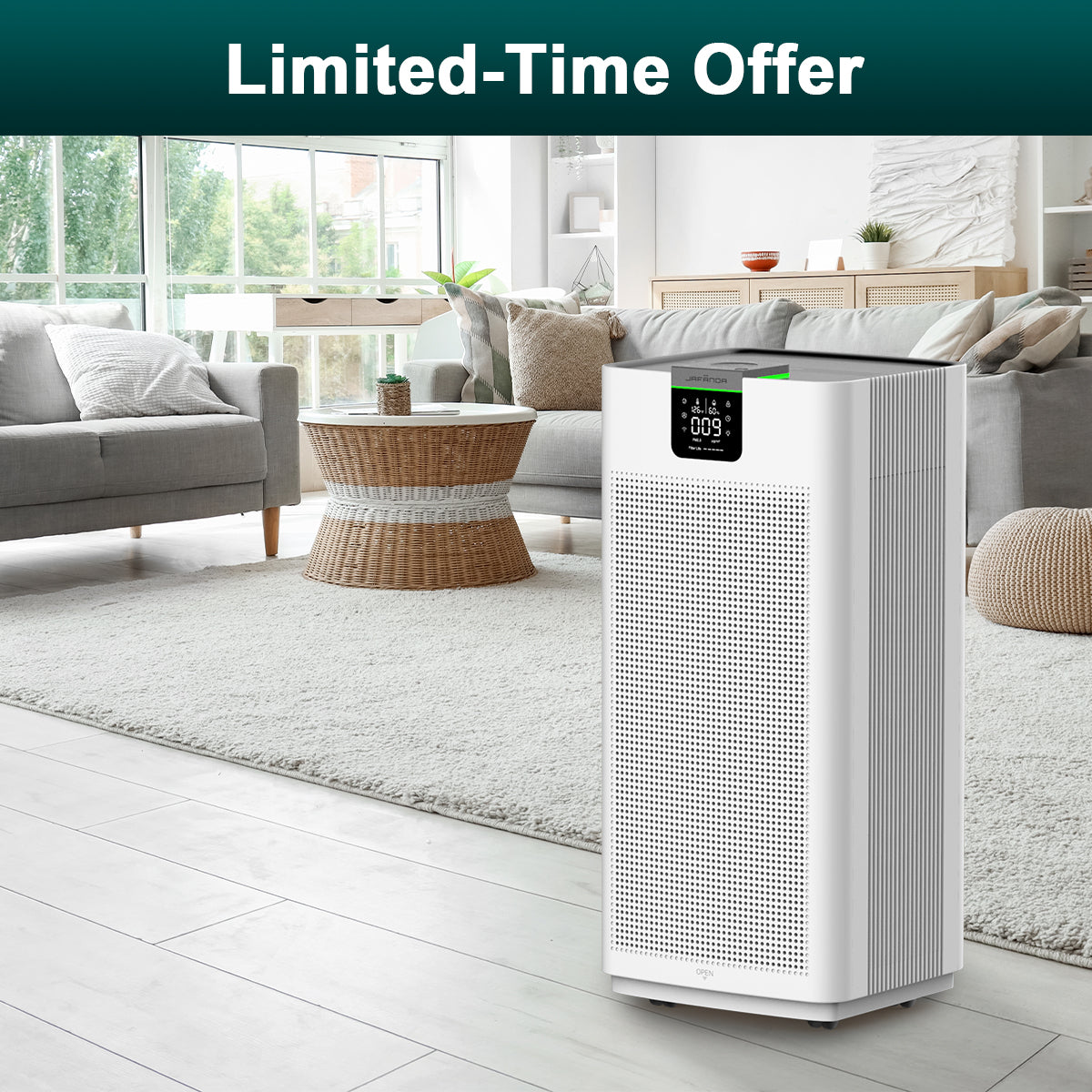
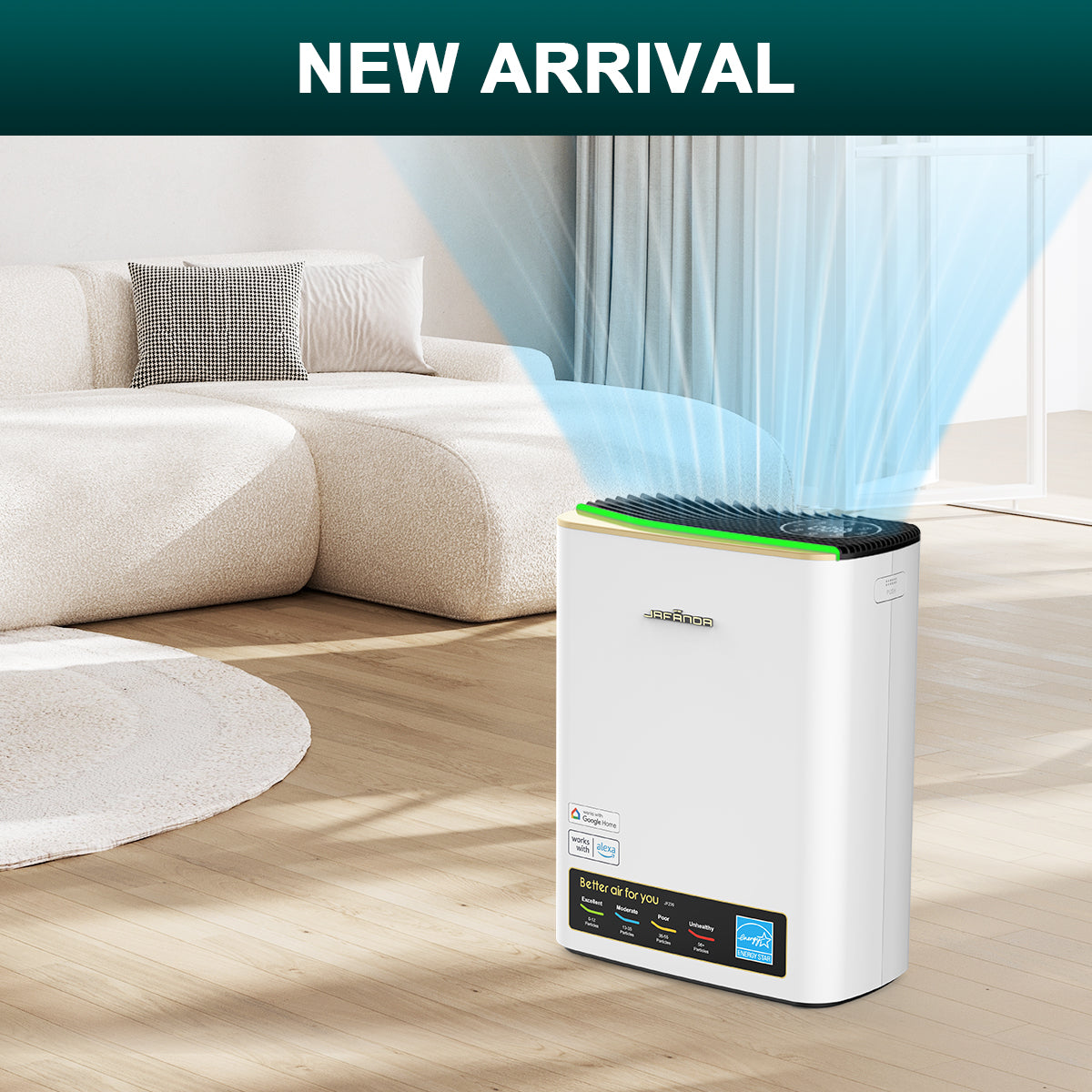

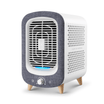
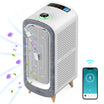
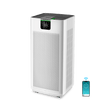


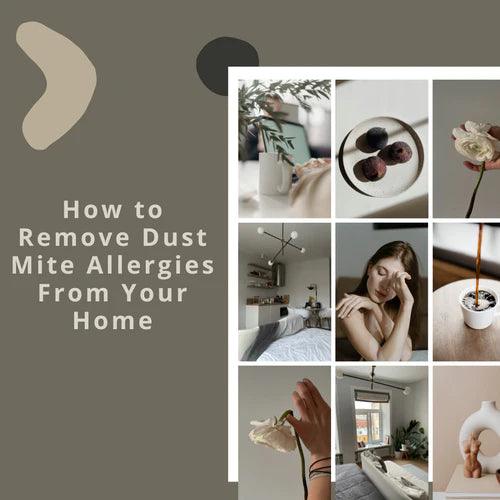
Leave a comment
All comments are moderated before being published.
This site is protected by hCaptcha and the hCaptcha Privacy Policy and Terms of Service apply.